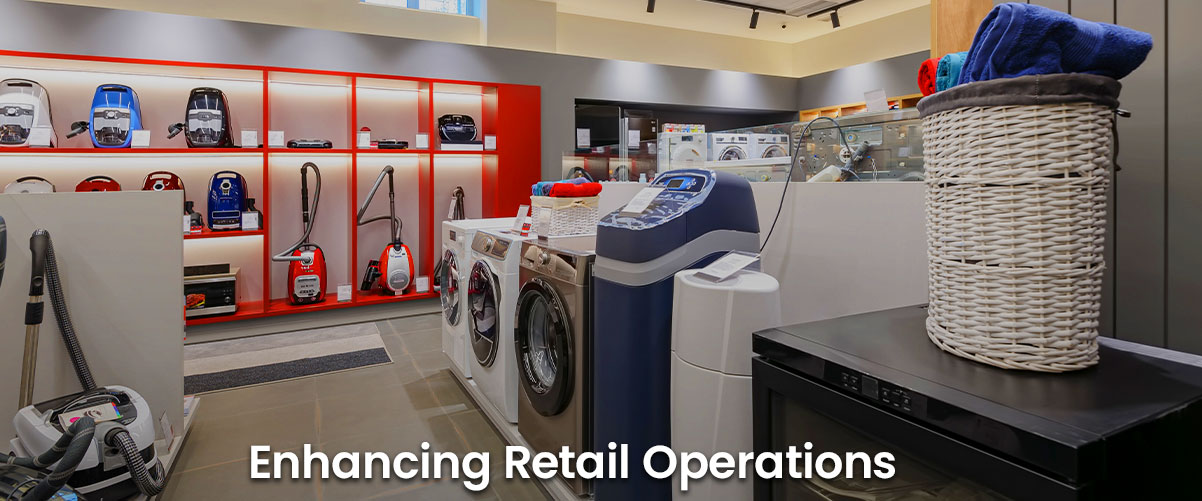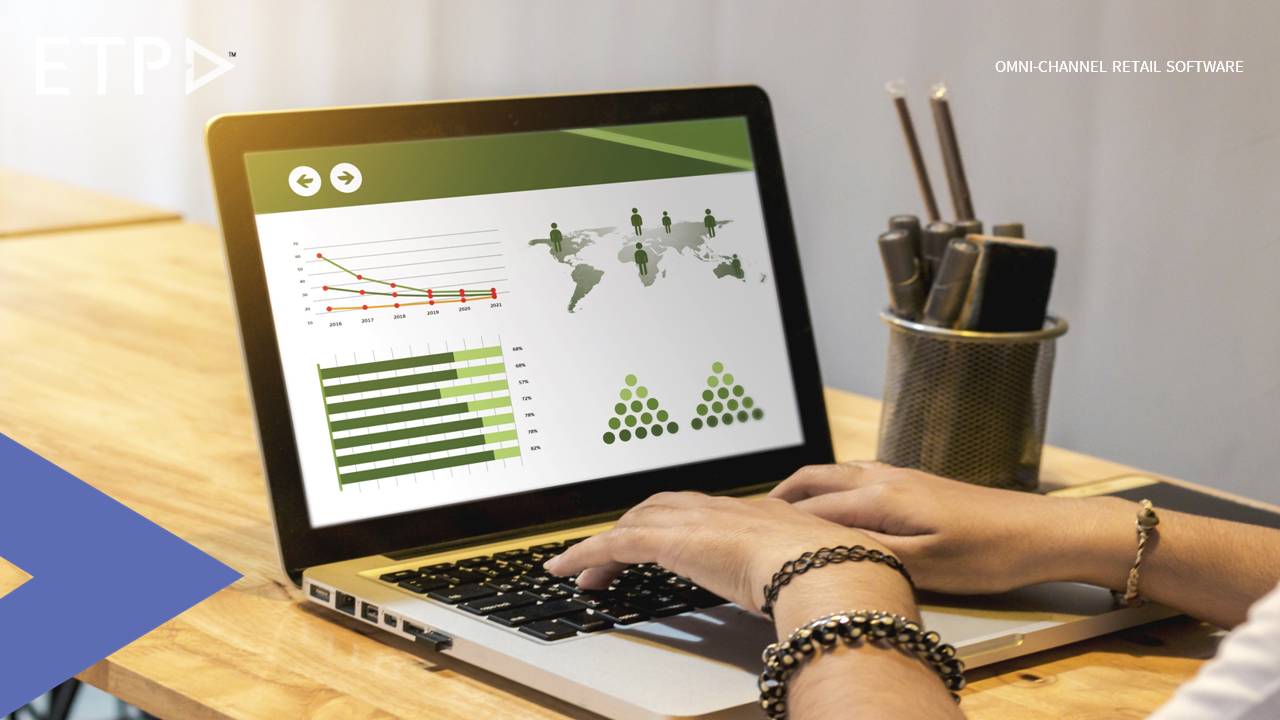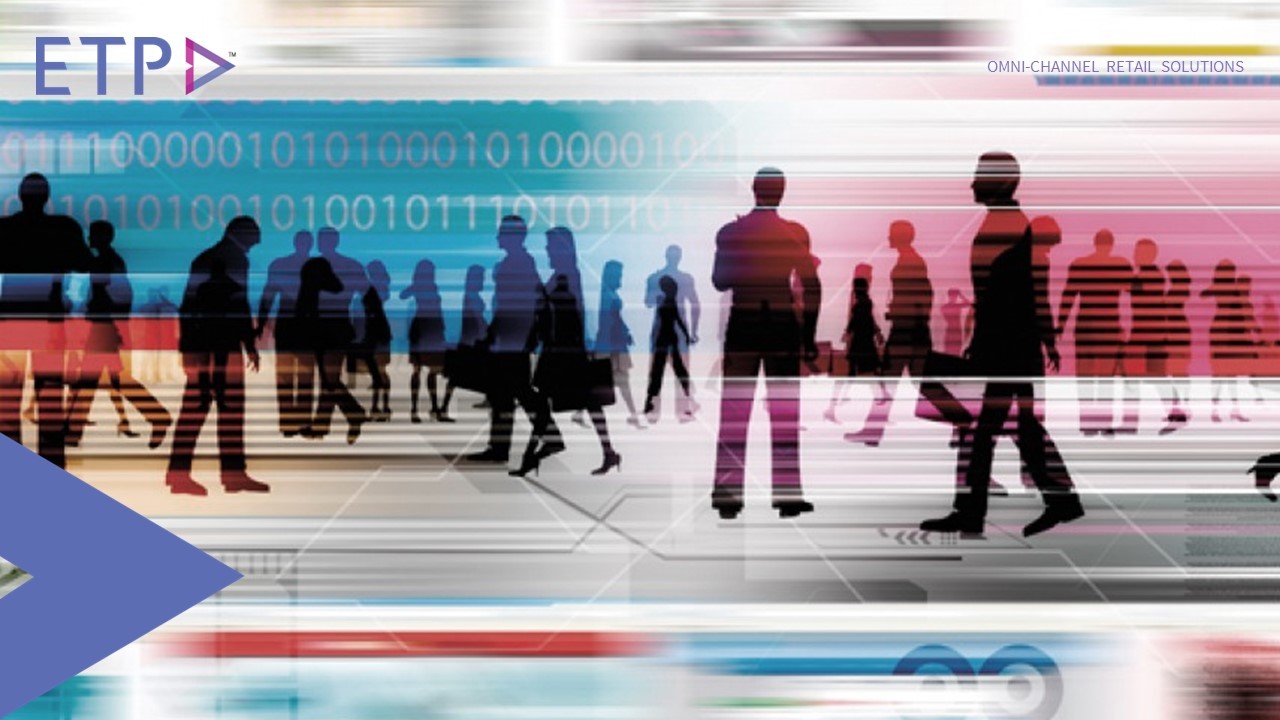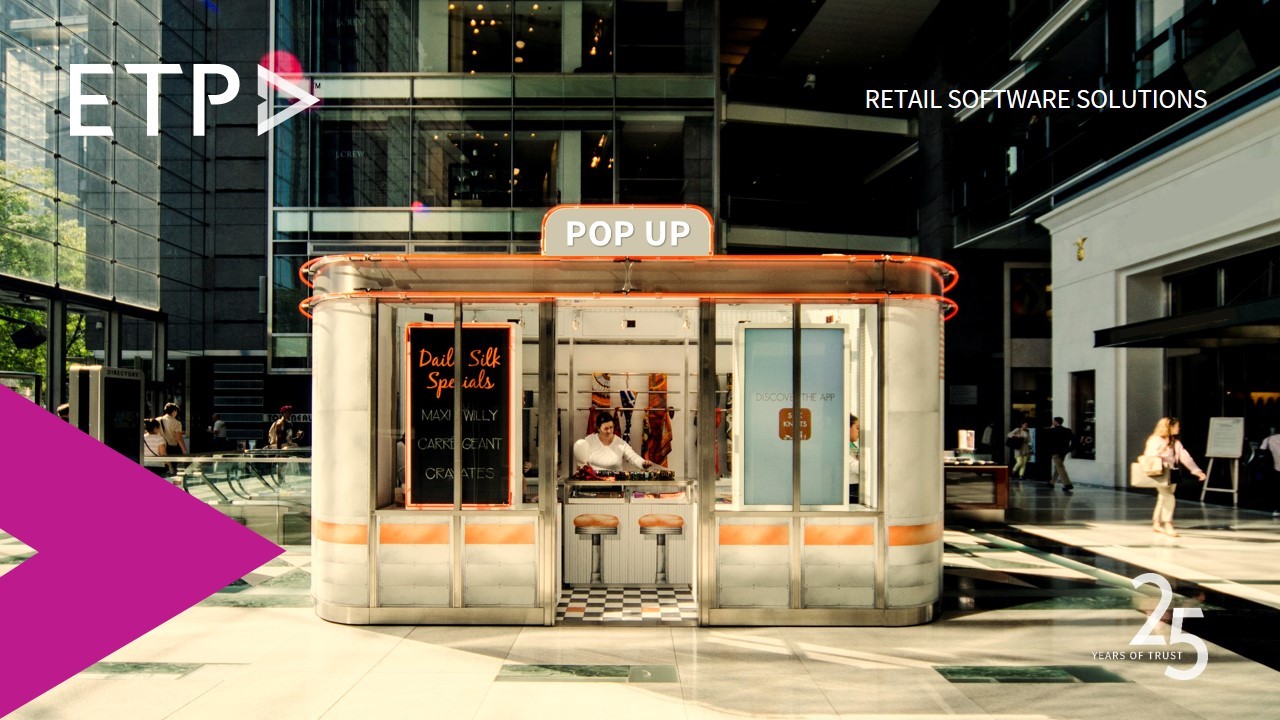In the fast-paced world of retail, staying competitive requires efficient and streamlined operations. Traditional manual processes can be time-consuming, error-prone, and hinder growth. Fortunately, advanced retail software solutions have emerged to revolutionize the industry. This article explores the benefits of leveraging retail software to enhance various aspects of retail operations, from inventory management to customer relationship management, ultimately helping businesses thrive in today’s competitive marketplace.
Streamline Inventory Management:
Retail software offers robust inventory management capabilities that streamline the entire process. With real-time inventory tracking, businesses can avoid overstocking or stockouts, reducing costs and improving customer satisfaction. Advanced software can automate inventory replenishment, generate accurate demand forecasts, and integrate with suppliers’ systems for seamless stock ordering. With these features, businesses can optimize inventory levels, minimize carrying costs, and ensure products are always available for customers.
Improve Point of Sale (POS) Efficiency:
Efficient POS operations are crucial for providing a smooth and enjoyable shopping experience. Retail software solutions provide advanced POS functionalities that go beyond traditional cash registers. Modern POS systems are equipped with barcode scanning, integrated payment processing, and real-time inventory synchronization. These features enable faster transactions, reduce errors, and provide customers with accurate product information and pricing. By improving the efficiency of your POS operations, you can enhance customer satisfaction and boost sales.
Enhance Customer Relationship Management (CRM):
Retail software solutions offer robust CRM capabilities that help businesses build and maintain strong customer relationships. These solutions can centralize customer data, including purchase history, preferences, and contact information, allowing businesses to personalize their interactions. By leveraging CRM tools, businesses can create targeted marketing campaigns, implement loyalty programs, and deliver personalized promotions based on customer preferences. Effective CRM through retail software leads to improved customer satisfaction, increased loyalty, and higher customer lifetime value.
Optimize Supply Chain Management:
Managing a complex supply chain is a challenge for many retailers. Advanced retail software solutions provide comprehensive supply chain management capabilities, facilitating better coordination and visibility. These solutions automate and streamline key supply chain operations from procurement and vendor management to order fulfilment and logistics. By optimizing supply chain management, businesses can reduce costs, improve order accuracy, and enhance operational efficiency.
Utilize Business Intelligence and Analytics:
Data is a goldmine for retailers, and retail software solutions excel in providing robust business intelligence and analytics tools. These tools enable businesses to analyze sales data, customer behaviour, and market trends, empowering data-driven decision-making. By gaining actionable insights from retail software analytics, businesses can identify opportunities, optimize pricing strategies, identify top-performing products, and forecast demand accurately. Data-driven decision-making allows businesses to stay agile, make informed choices, and gain a competitive edge in the market.
Automate Back-Office Operations:
Administrative tasks such as payroll, accounting, and HR can be time-consuming and prone to errors if done manually. Retail software solutions automate these back-office operations, streamlining processes and reducing manual effort. By integrating with accounting software, payroll systems, and HR management tools, retail software can automate tasks like employee scheduling, payroll processing, and financial reporting. Automation frees up time for staff to focus on more strategic activities, improving efficiency and reducing costs.
Embrace Omnichannel Capabilities:
In today’s retail landscape, offering a seamless omnichannel experience is crucial. Advanced retail software solutions enable businesses to seamlessly integrate multiple sales channels, such as online stores, brick-and-mortar locations, and mobile apps. This integration allows customers to browse, purchase, and return products across channels, providing a consistent and convenient experience. Retail software solutions also enable unified inventory management, ensuring accurate stock visibility across all channels and minimizing the chances of stockouts or overselling.
Conclusion:
In an era of fierce competition, leveraging advanced retail software solutions is essential for enhancing retail operations. By streamlining inventory management, improving POS efficiency, enhancing CRM capabilities, optimizing supply chain management, utilizing business intelligence and analytics, automating back-office operations, and embracing omnichannel capabilities, businesses can unlock new levels of operational efficiency, customer satisfaction, and profitability. Adapt to ETP retail software and take your business to new heights in today’s dynamic retail landscape.





